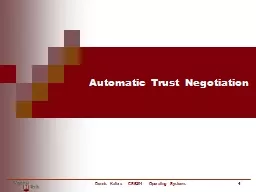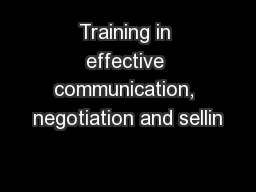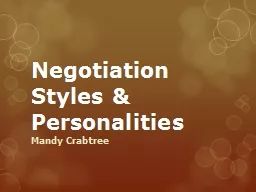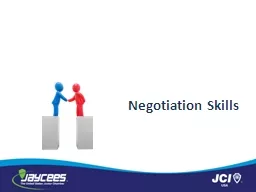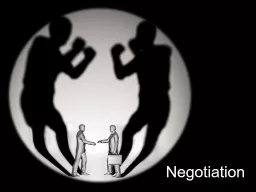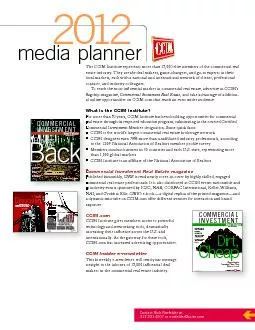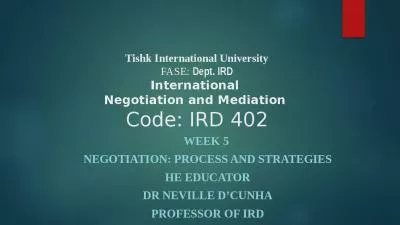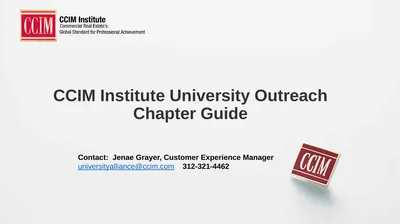PPT-NEGOTIATION SKILLS William A. Burgess, SIOR, CCIM
Author : faustina-dinatale | Published Date : 2018-10-21
The Burgess Company LLC Greenville SC What we will cover Defining the Negotiation Process Critical Variables Preparation Secrets Time as a Game Changer Negotiating
Presentation Embed Code
Download Presentation
Download Presentation The PPT/PDF document "NEGOTIATION SKILLS William A. Burgess, S..." is the property of its rightful owner. Permission is granted to download and print the materials on this website for personal, non-commercial use only, and to display it on your personal computer provided you do not modify the materials and that you retain all copyright notices contained in the materials. By downloading content from our website, you accept the terms of this agreement.
NEGOTIATION SKILLS William A. Burgess, SIOR, CCIM: Transcript
Download Rules Of Document
"NEGOTIATION SKILLS William A. Burgess, SIOR, CCIM"The content belongs to its owner. You may download and print it for personal use, without modification, and keep all copyright notices. By downloading, you agree to these terms.
Related Documents


